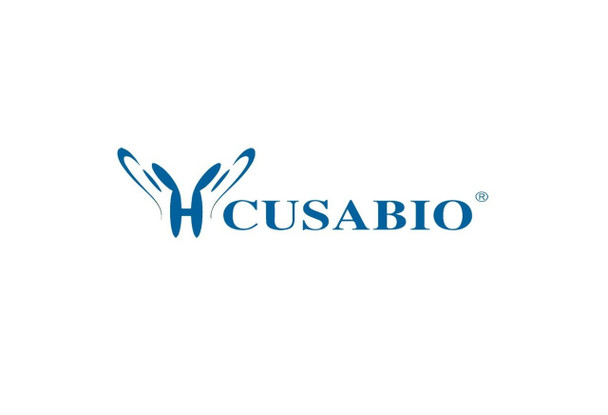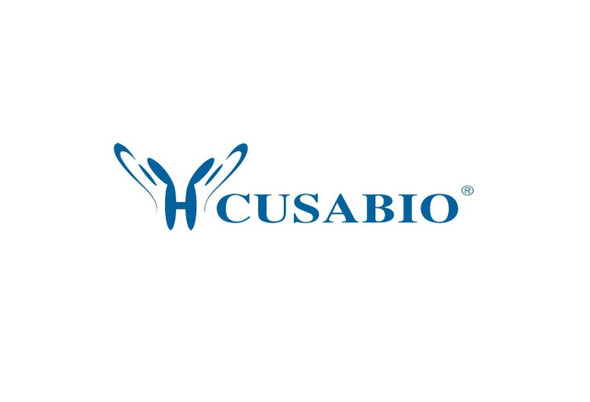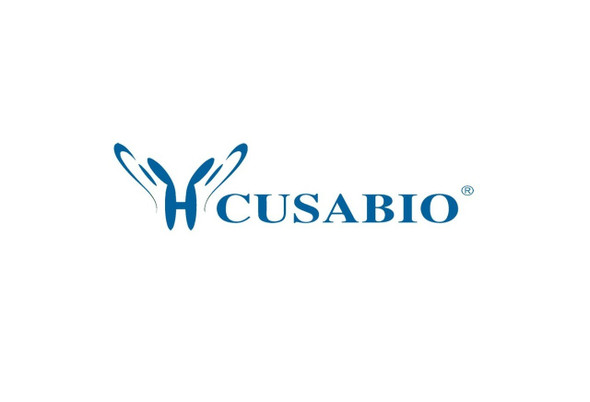Cusabio Polyclonal Antibodies
Phospho-CLDN5 (Tyr217) Antibody | CSB-PA554477
- SKU:
- CSB-PA554477
- Availability:
- 3 to 7 Working Days
- Size:
- 100ul
Description
Phospho-CLDN5 (Tyr217) Antibody | CSB-PA554477 | Cusabio
Phospho-CLDN5 (Tyr217) Antibody is Available at Gentaur Genprice with the fastest delivery.
Online Order Payment is possible or send quotation to info@gentaur.com.
Product Type: Polyclonal Antibody
Target Names: CLDN5
Aliases: CLD5; CLDN5; TMDVCF;
Background:
This gene encodes a member of the claudin family. Claudins are integral membrane proteins and components of tight junction strands. Tight junction strands serve as a physical barrier to prevent solutes and water from passing freely through the paracellular space between epithelial or endothelial cell sheets. Mutations in this gene have been found in patients with velocardiofacial syndrome.
Sirotkin H., Genomics 42:245-251 (1997) .
Collins J.E., Genome Biol. 5:RESEARCH84.1-RESEARCH84.11 (2004) .
The MGC Project Team; Genome Res. 14:2121-2127 (2004) .
Isotype: IgG
Conjugate: Non-conjugated
Clonality: Polyclonal
Uniport ID: O00501
Host Species: Rabbit
Species Reactivity: Human, Mouse, Rat
Immunogen: Peptide sequence around phosphorylation site of tyrosine 217 (K-K-N-Y (p) -V) derived from Human Claudin 5.
Immunogen Species: Human
Applications: ELISA, IHC
Tested Applications: ELISA, IHC;IHC:1:50-1:100
Purification Method: Antibodies were produced by immunizing rabbits with synthetic phosphopeptide and KLH conjugates. Antibodies were purified by affinity-chromatography using epitope-specific phosphopeptide. Non-phospho specific antibodies were removed by chromatogramphy using non-phosphopeptide.
Dilution Ratio1: ELISA:1:2000-1:10000
Dilution Ratio2: IHC:1:50-1:100
Dilution Ratio3:
Dilution Ratio4:
Dilution Ratio5:
Dilution Ratio6:
Buffer: Rabbit IgG in phosphate buffered saline (without Mg2+ and Ca2+), pH 7.4, 150mM NaCl, 0.02% sodium azide and 50% glycerol.
Form: liquid
Storage: Upon receipt, store at -20°C or -80°C. Avoid repeated freeze.
Initial Research Areas: Signal Transduction
Research Areas: Signal transduction






